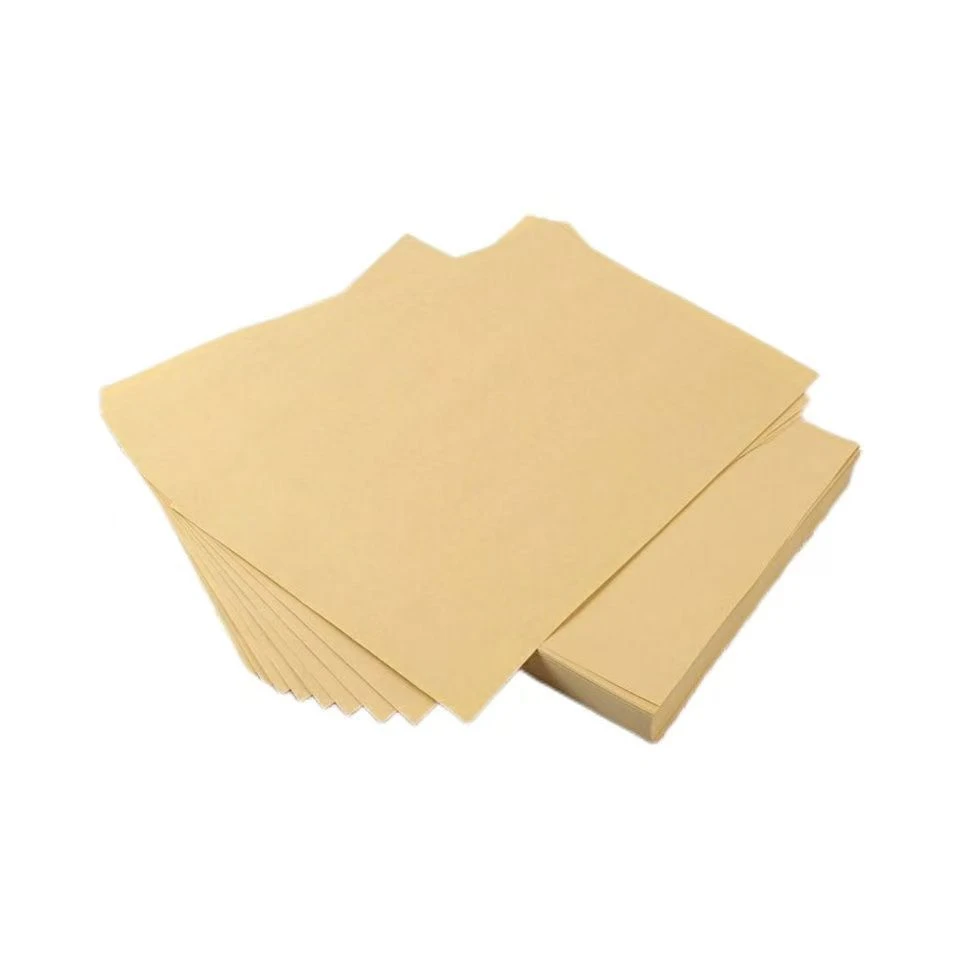The Evolution and Impact of Paper Towels
In an age where convenience, hygiene, and environmental consciousness are at the forefront of consumer choices, paper towels have emerged as an essential household item. Their practicality makes them a staple in kitchens, offices, and public restrooms. Originally invented in the early 20th century, paper towels have significantly evolved over the years, adapting to the changing needs of society while also reflecting broader trends in technology, environmental awareness, and public health.
The story of paper towels begins in the 1930s, when a paper mill worker in Wisconsin, Arthur Scott, developed the first disposable paper towel. This innovation stemmed from a background in producing toilet paper, but Scott aimed to address the issue of cleanliness and sanitation in public settings. His invention quickly gained popularity, especially during the post-World War II era when hygiene became a priority in American households. The introduction and marketing of paper towels were revolutionary, providing a more sanitary alternative to fabric towels, which could harbor bacteria and other pathogens.
The manufacturing process and design of paper towels have transformed significantly since their inception. Initially made from recycled paper, modern paper towels are now produced using virgin pulp, which enhances their absorbability and strength. This change reflects a broader trend toward improving consumer experiences by ensuring that products are not just functional but also efficient in their use. Today’s paper towels often come in various strengths, sizes, and ply counts, each designed for specific tasks. The introduction of super absorbent towels illustrates how companies constantly innovate to meet consumer expectations for performance.
Aside from convenience and hygiene, the environmental impact of paper towels is an increasingly relevant issue. The process of creating paper products inevitably raises concerns about deforestation, water usage, and waste. As consumers become more environmentally conscious, manufacturers have begun exploring sustainable alternatives. Many brands now offer paper towels made from recycled materials or sustainably sourced fibers. The development of eco-friendly packaging and production methods is part of a broader movement toward sustainability in consumer goods. Brands that prioritize eco-friendly practices often enjoy a competitive edge as environmentally aware consumers actively seek out greener options.
paper towels

However, the question remains Are paper towels the best option for maintaining cleanliness? While they are convenient and promote hygiene, their disposability leads to significant waste. The environmental impact of using paper towels becomes even more apparent when considering their single-use nature, which contributes to landfill overflow and higher carbon footprints. Some households and businesses are leaning toward reusable cloth towels as a more sustainable alternative. These alternatives, when managed properly, can significantly reduce waste. Nonetheless, they require regular washing, which can also have an environmental cost, contributing to water usage and energy consumption.
Public health considerations also shape the discourse around paper towels. In environments such as hospitals and restaurants, their use is often mandated due to their sanitary design. A study conducted by researchers at the University of Florida found that paper towels are more effective than air dryers in removing bacteria from hands, reinforcing their role in minimizing the risk of cross-contamination. In light of the global COVID-19 pandemic, increased awareness of hygiene practices has solidified the role of paper towels as a crucial component of cleanliness strategies. Their convenience in sanitizing surfaces quickly became invaluable due to heightened public awareness of germs and transmission methods.
As we look towards the future, the role of paper towels in our lives will likely continue to evolve. Innovations in recycling technology and materials science may lead to even more eco-friendly options. Additionally, heightened awareness of hygiene could result in more multi-use products that balance convenience with environmental responsibility.
In conclusion, paper towels represent a fascinating intersection of convenience, hygiene, and environmental consideration. Their history reflects broader societal changes regarding cleanliness and public health. As we navigate the modern challenges of sustainability, the development of paper towels could evolve further, potentially leading to a future where this seemingly simple product balances efficiency and environmental stewardship in a world that increasingly values both. By understanding the past and present of paper towels, we can better appreciate their role in our lives and consider the responsible choices we make in their use.



